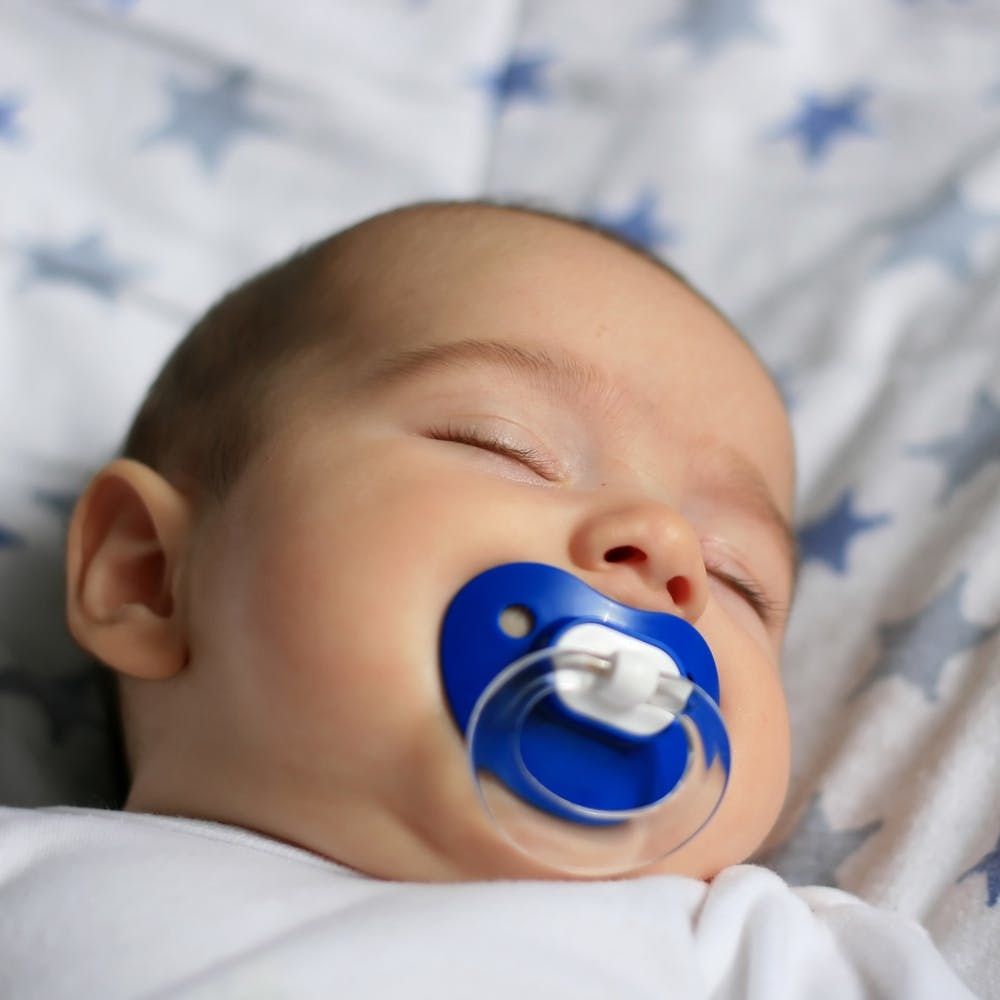9 Things You Need to Know About the New Safe Sleeping Guidelines for Your Baby
You’ve read the books. You’ve read the blogs. And now you are totally and completely on top of everything that you’ll ever need to know about being a new mama… at least, that’s what you thought! We all know that the world of parenting is, well, confusing, and there’s always “breaking news” that changes how to keep your kiddo happy and healthy. This time is no different — the American Academy of Pediatrics (AAP) recently announced new safe sleep recommendations to protect your baby against SIDS. Check out what’s old, what’s new and what you absolutely need to do.
1. Sleep in. No, not sleeping later (like you’ll ever get to sleep ‘til noon again). Sleeping in (when it comes to SIDS protection) now means sleeping with your baby in the room. This is one of the major new takeaways from the updated guidelines. The AAP now recommends that infants and parents sleep in the same room for at least the first six months. Ideally, you’ll sleep in the same room as your little one until her first birthday.
2. But don’t sleep with. Don’t take the idea that baby should sleep with you literally. Yes, she should sleep in the same room as you but not in the same bed. The AAP’s update notes that an infant should sleep on a “separate surface.” This means that you get the California king bed, and baby gets her crib or bassinet.
3. Go back to the back. While this isn’t a new “rule,” it is still very much included in the AAP’s 2016 release of their safe sleeping recommendations. When you put baby down in her crib or bassinet, she needs to be on her back — at least until she’s one year old.
4. Be firm. The thought of collapsing into a feathery soft bed at the end of the day makes you let out an audible sigh of relief. Just because you enjoy a bed that feels more like your kitten’s belly than a concrete slab doesn’t mean your baby needs the same spongy-soft surface. The AAP recommends that all babies sleep on firm surfaces. You don’t need to line the bottom of baby’s crib with wooden planks — a firm crib mattress will do. Nix the notion of a mattress with give (this includes avoiding memory foam).
5. Use less stuff. Wrapping your teeny tiny newborn up in a comfy blanket and filling her crib with plush stuffies may seem okay, but it’s not. In keeping with the firm sleeping surface idea, you also want to avoid anything extra in your baby’s crib (or bassinet). Keep the blankets, comforters, quilts, bumper pads, pillows, toys, stuffed animals and real animals far, far away. Sure, it’s tempting to stuff the crib with absolutely adorable designer bedding, but the danger to your child just isn’t worth it.
6. Don’t pass on the pacifier. According to the AAP, studies show that pacifiers (when given at nap or sleep times) have a protective effect when it comes to SIDS. Do the docs know why? Not entirely. What they do know is that the evidence points to pacis as helpful. Keep in mind, you should never give your baby a pacifier on a string or anything similar (especially anything that hangs around the baby’s neck). This poses a serious strangulation hazard and should always be avoided.
7. Opt out of overheating. So baby can’t have a blanket while she sleeps and now you’re freaking out because she’ll get a chill. You want her to stay warm, so you dress her in a zillion layers. Right? Wrong! Avoid overheating (whether it’s by how you dress your baby or cranking up the heater). The AAP says that babies should be dressed for the environment, and never add more than one extra layer of clothing to her sleeping outfit.
8. Don’t rely on hype. Your BFF’s cousin’s girlfriend’s sister told you about a cardiorespiratory monitor that she swears by. She said it’s the top tech, and totally eases her mind. Hold on — the AAP says that while these devices reduce the risk of SIDS when used in hospitals and at home as prescribed (by a medical pro) for sleep apnea or bradycardia, they haven’t seen much evidence supporting the general use of commercial versions. Instead of relying on toy-like tech devices to alert you of an issue, focus on following the AAP recommendations to prevent a problem (or reduce the risk).
9. Stop smoking: Do we really still need to say this? Maybe. Smoking during pregnancy and/or around a baby raises the risk of SIDS, according to the AAP.
What do you think of the AAP’s new recommendation to sleep with your baby in the same room? Share your thoughts and tweet us @BritandCo !
(Photos via Getty)
